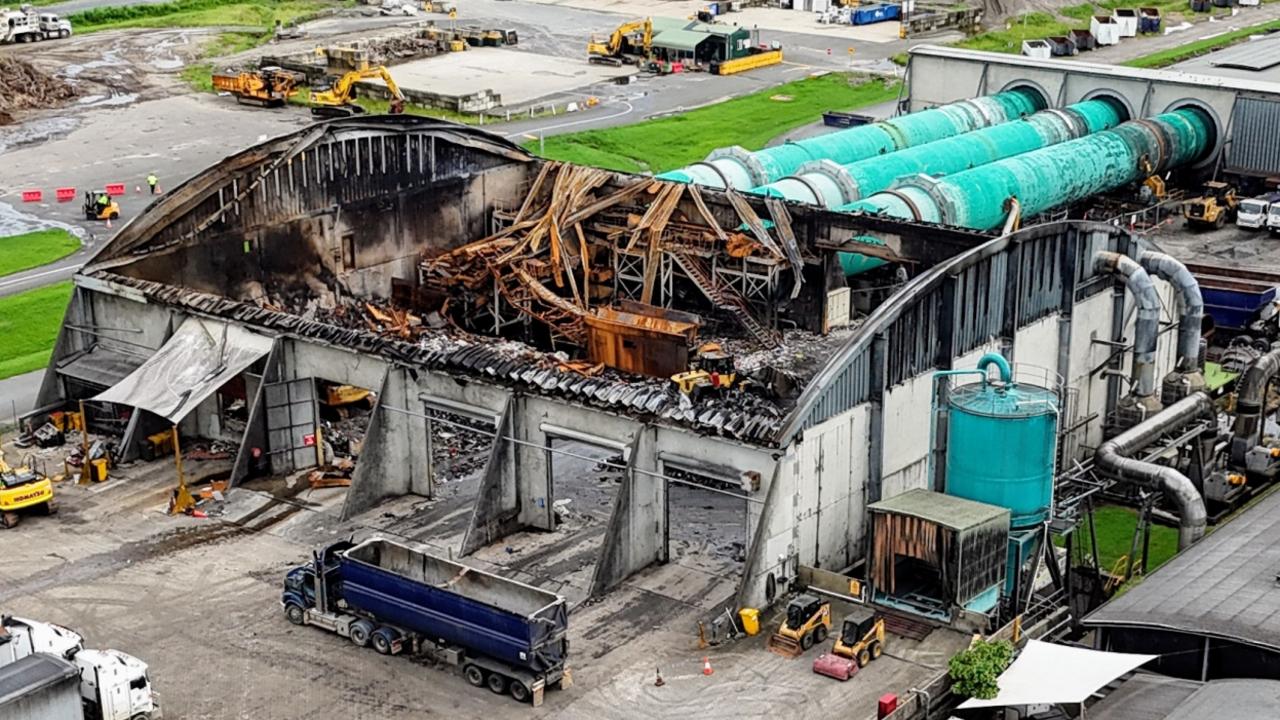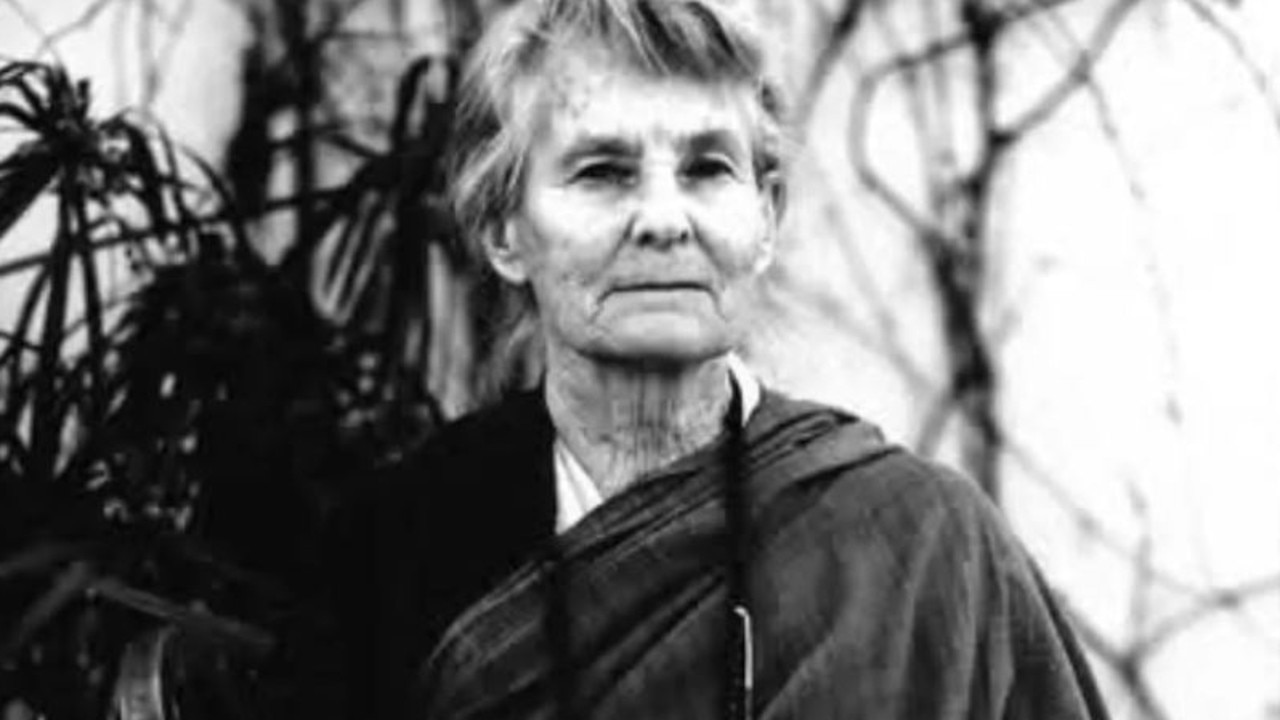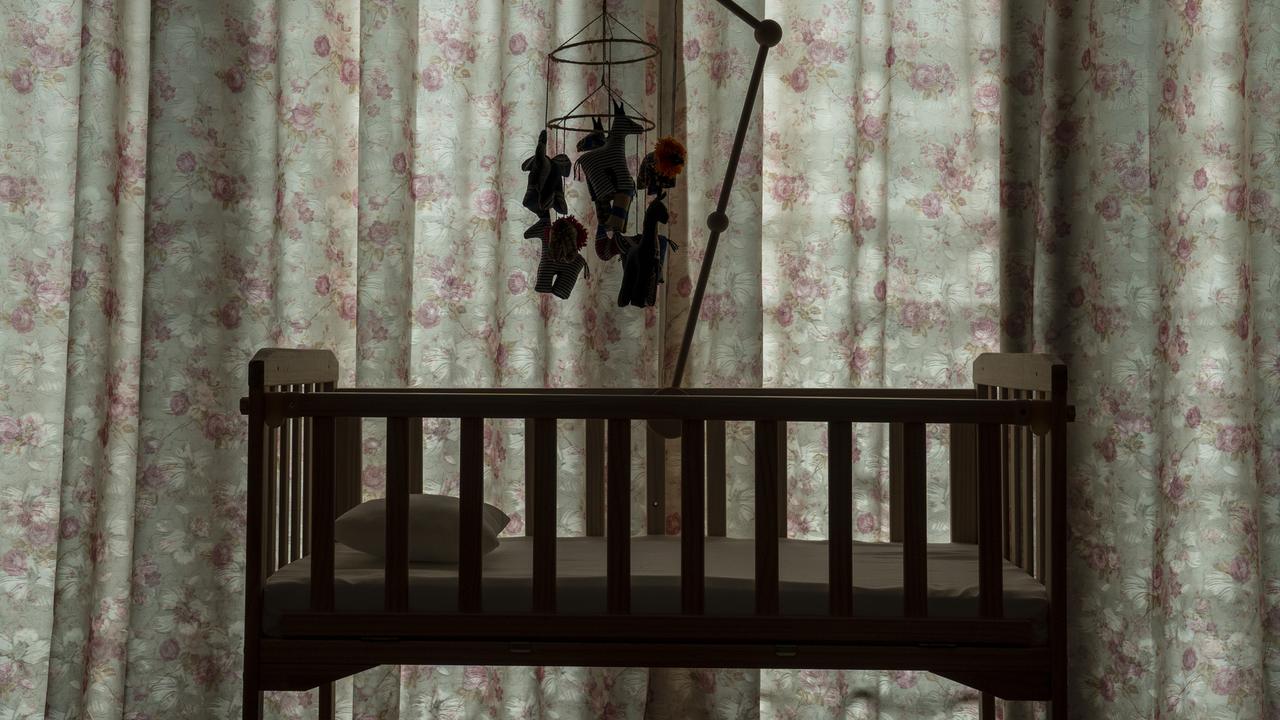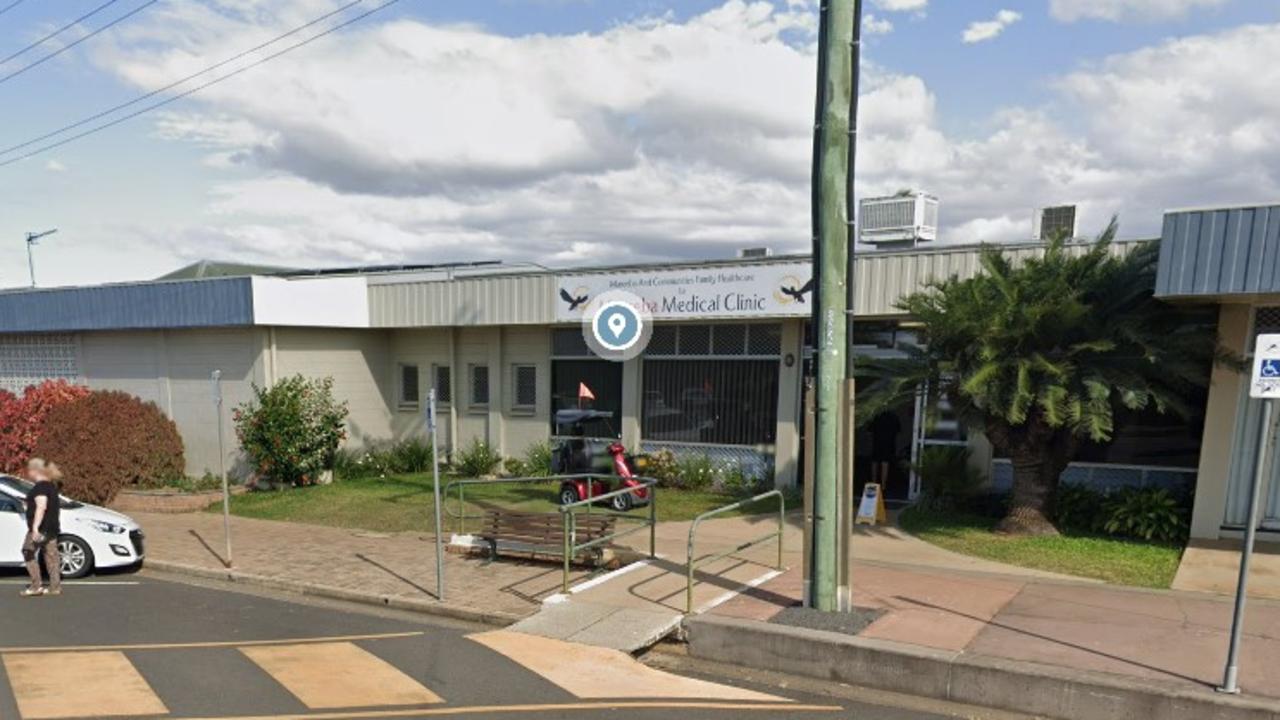Veteran disaster management expert Mike Wassing says Bloomfield flooding ‘the worst’ he’s seen
A hardened and highly experienced veteran of disaster response coordination was taken aback by the intensity of destruction from Far North floods.
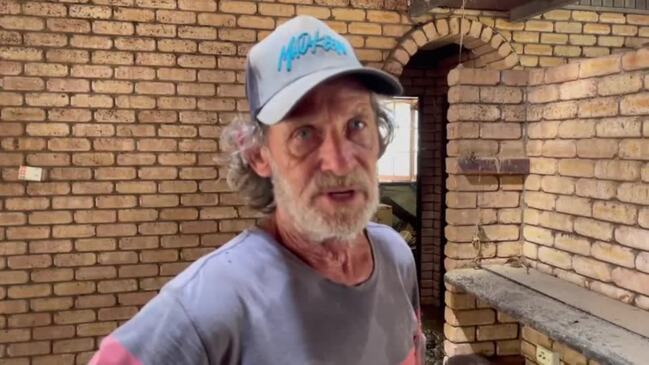
Cairns
Don't miss out on the headlines from Cairns. Followed categories will be added to My News.
A hardened veteran of disaster response in Australia’s worst tragedies and catastrophies admits he was taken aback by the ferocity of destruction at a Far North community.
Queeensland Reconstruction Authority deputy state recovery co-ordinator Mike Wassing has worked in the thick of disaster for more than 30 years – and the devastation of communities on the Bloomfield River following flood is the worst he has experienced.
“The intensity of the impact, this is the worst I have seen, and I have seen the Black Saturday and the Black Summer fires,” Mr Wassing said.
“The impact, on people and critical infrastructure.”
Asked what sort of time frame there was for recovery and reconstruction, Mr Wassing said it was a long way off.
“We are still in emergency relief, we are not into truly what we call recovery,” he said.
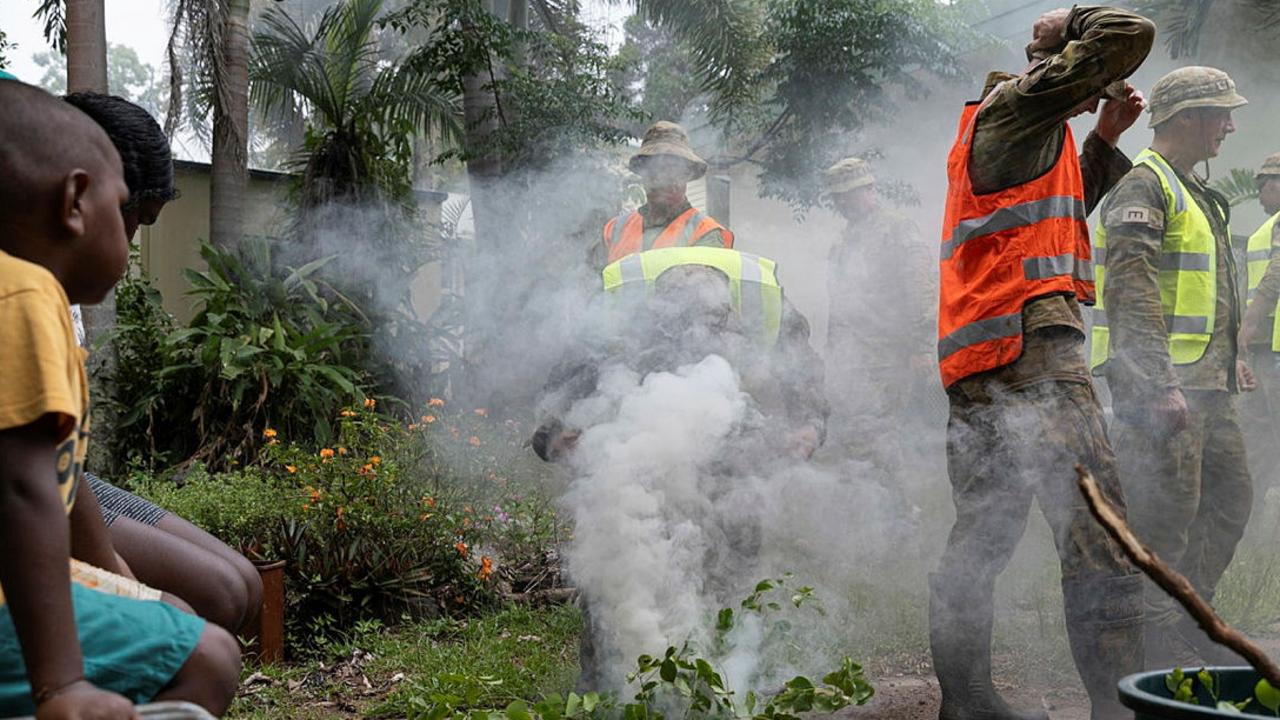
“We are making sure people have got a safe place to stay, whether home or temporary accommodation, access to basic services, then we’ll get into broader recovery and debris clean up.
“It’ll be weeks, months, our primary focus is people – health services, mental health services – these are really resilient people, but we’ve seen the impact it has on individuals.”
Mr Wassing said the QRA was focused on getting as much work done quickly and safely. “With the weather, it is two steps forward, one step back – every time it rains, our road access is reduced,” he said.
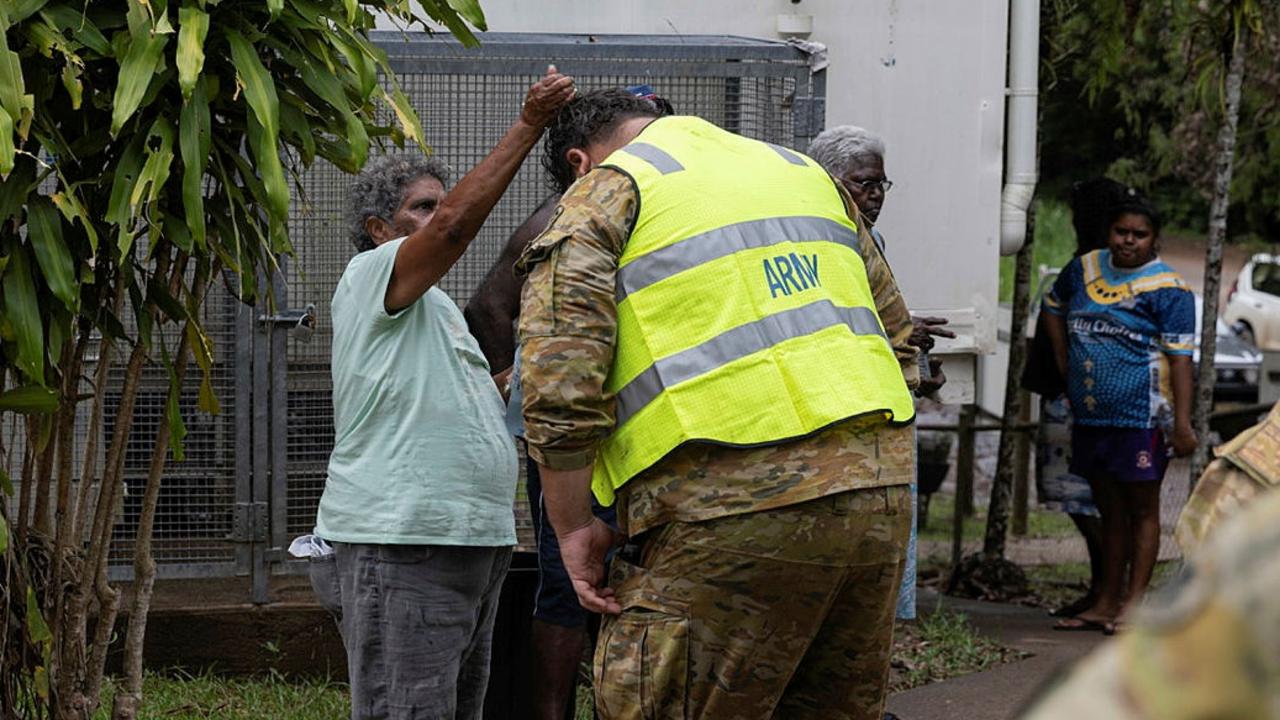
“I completely understand the despair the community is going through, the offer to relocate is still on the table but we acknowledge this is their home and they have been through traumatic circumstances.
“The impact on individuals is really different, some are conscious their home didn’t get flooded, so they are thinking how they can help, others have amazing stories of survival, some want to leave, some want to stay, some are not sure – it is different for everyone.”

The Black Saturday bushfires in December 2009 in Victoria claimed 173 lives.
The Black Summer fires in 2019-20 across the nation ripped through 24.3 million hectares.
Degarra residents spent the night of December 17 clinging to trees or waist deep in water on rooftops with no emergency assistance because safe access was impossible.
Douglas Shire Council Mayor Michael Kerr was furious emergency accommodation for displaced locals has been set up 14km away from Degarra at Bloomfield Caravan Park.
“I am so angry at the moment, there is bureaucracy delaying getting people the security they need,” he said.
He said it was ludicrous that residents would have to walk three hours to caravans, which should have been set up on their properties.

But Mr Wassing said the caravans and demountable accommodation, which arrived on Monday night by barge, had to be set up in a safe location.
“The Department of Housing is working with Douglas Shire Council to identify sites on the south side of the river for the community and the workforce, the priority is residents – it is a 15 minute drive to Bloomfield Caravan Park on not easily driven roads,” he said.
The Australian Defence Force received a request for help from the state government on January 8 and 30 soldiers came in via Chinook helicopters and barges on January 12.
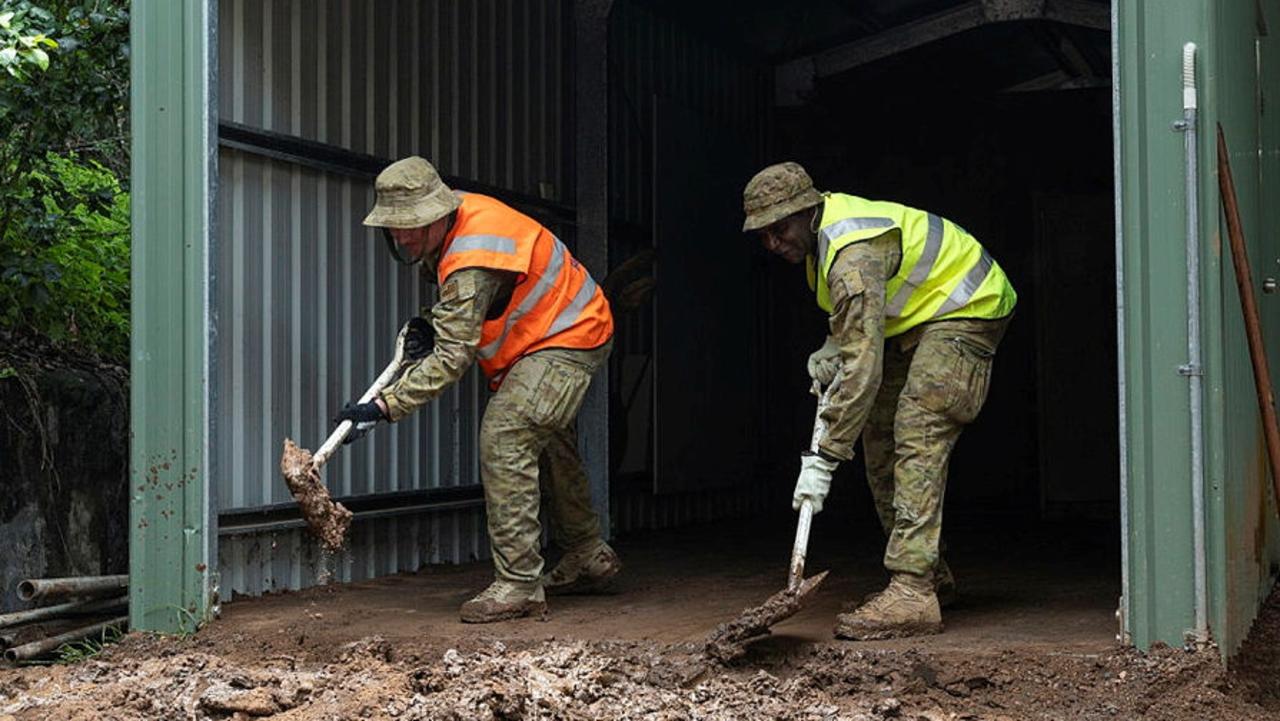
Mr Wassing said QFES had staff in Degarra by January 4 and now had a team of 26, while the SES had staff and volunteers rotating crews.
He said there were 22 Disaster Relief Australia personnel and 30 ADF personnel.
“We have boots on the ground, cleaning up house by house,” Mr Wassing said.
While the government seemed focused on the message that the Far North was open and ready to welcome tourists, Degarra has no power, water, and little shelter.
“It’s an enormous amount of work, communities, council, emergency services, private contractors, to put relief and recovery support in place,” Mr Wassing said.

“Using air and barge operations, we are resupplying food, medical, key essential items, and Ergon is restoring power poles.
“We are trying to bring people back to Wujal Wujal as soon as we can, the first part of that was gaining access, and it took a couple of weeks to even get into those areas.
“We are in a phase now of how to people bring closer to their country, we are having conversations with the mayor and elders about what their wishes are, but the key thing is to make sure it is safe.”
Indigenous rangers are playing a role and agencies including the Red Cross and Salvation Army are involved, while Far Northerners such as the determined crew at Holloways Hub have done several convoy trips up to deliver essentials.
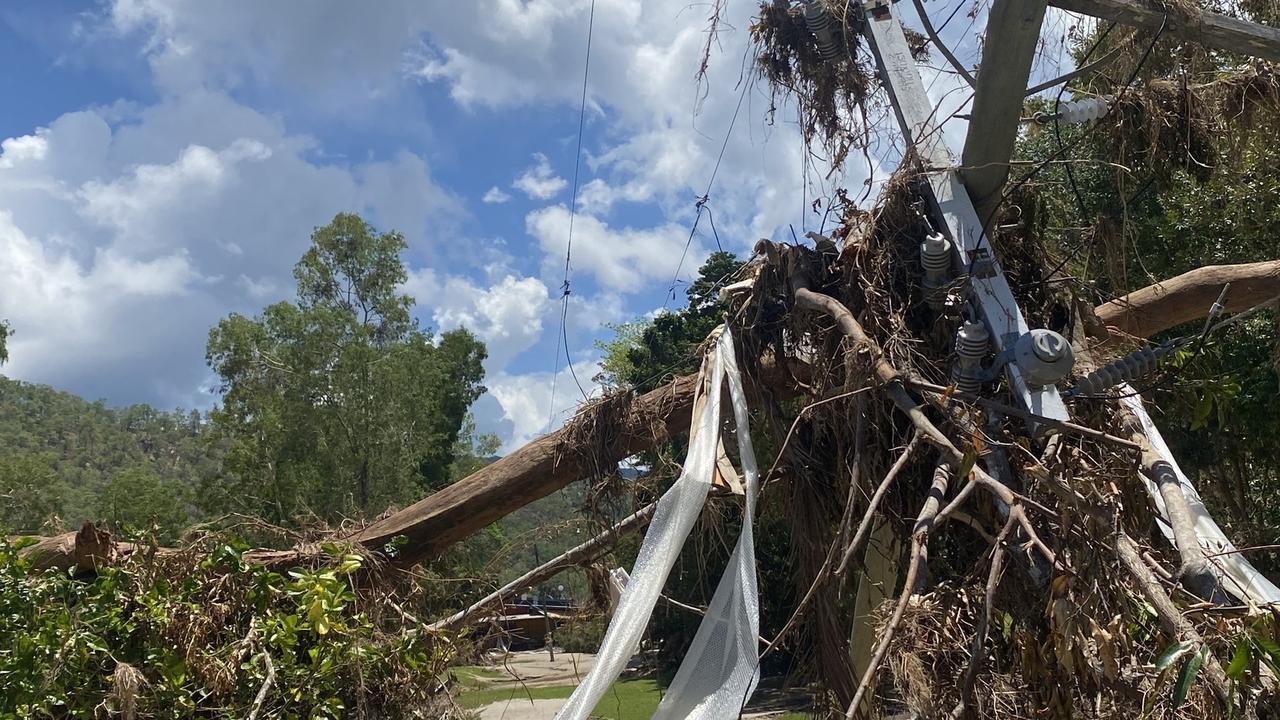
Holloways Hub is seeking donations for wheelbarrows, shovels, axes, butane stoves and pans, tarps, first aid kits, work boots, non-perishable foods and hygiene products for its next trip.
Long time resident Billy Dunn said the torrent during the flood was 10m higher than any previous event.
“We ended up in one of the few remaining trees left,” he said.
“Power poles were ripped out of the ground and smashed, wires disappeared, the damage is just phenomenal.
“The water was 15-20m deep and running at 30 miles an hour – the force of that is absolutely tremendous,” Mr Dunn said.
“Luckily our house is besser brick and the basic structure remains, the water went 2m over the roof, the inside is pretty destroyed.”
Once the road from Cooktown to Bloomfield was open – a euphemistic description of a rough track with landslides bulldozed over to make way for tough four-wheel-drives – essential supplies arrived.

DSC had back-to-back choppers bringing items such as bottled water, first aid supplies and tarps.
But the people of Degarra, many of whom thought they wouldn’t survive that horrible night, dazed and exhausted, couldn’t understand why nobody came to help clean up earlier.
They huddled in ransacked homes for 12 days.
The power went off when Cyclone Jasper crossed Wujal Wujal, Degarra, Ayton and Bloomfield on December 13, but the sun shone the following day and people’s spirits were high.
Then came an onslaught of rain so ferocious and relentless that emergency rescue helicopters could not penetrate it, and on December 19, heavy duty ADF Chinook dual rotor choppers were sent in for the state government-ordered evacuation of the 300-strong Wujal Wujal community, many of whom had been stranded on roof tops as the floodwaters tore the township apart.
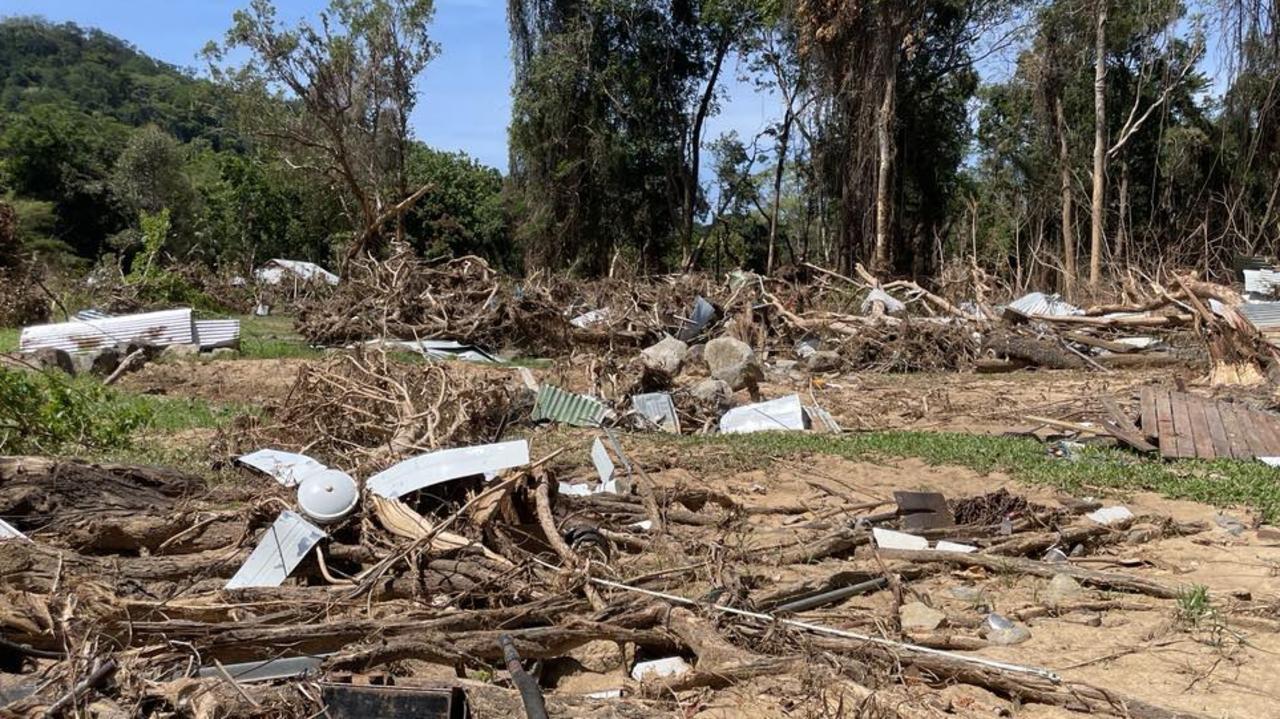
Cook Shire Council Mayor Peter Scott said if there was big rain the road would be cut again, but the boat ramp had been rebuilt and there was a good landing area for the Chinooks.
“There’s an awful lot of road damage with landslips and undermining by the river, we’ve done patch up jobs,” Cr Scott said.
“They’ve done a fabulous job providing accommodation – caravans and units – at very short notice, and now it is important to make sure they’ve got power, running water, sewerage, the last thing we want is an outbreak of typhoid or hepatitis.
“If and when we restructure, we’ve got to bear in mind climate change means this could happen again, we’ve got to be able to cater for this horror if it comes again.”
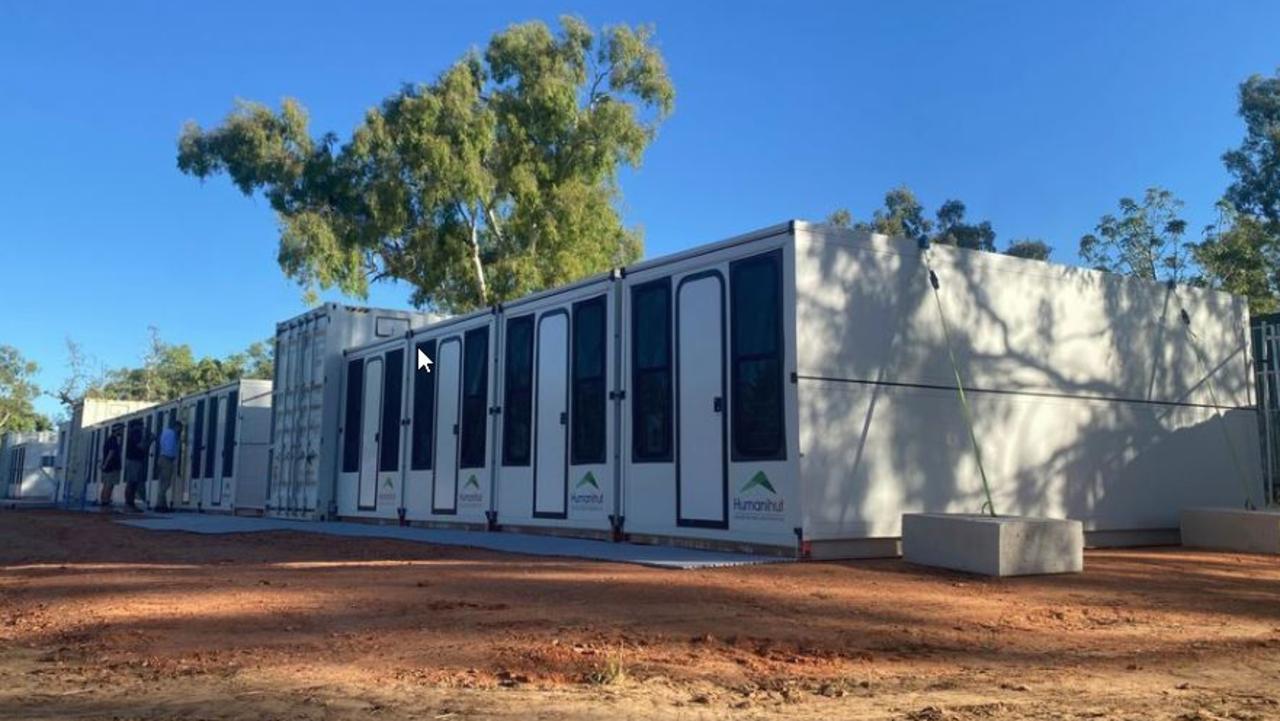
Bloomfield River State School principal Ros Woodard said the school would be open for the start of the term on January 22 with some modifications and there were alternate school sites at Cairns West State School and Cooktown.
Bureau of Meteorology data reveals Australian rainfall records – set at Halifax during Tropical Cyclone Owen in 2018 – were smashed at Bloomfield.
From 9am on December 14 to 9am on December 19, a whopping 2221mm of rain was recorded at Bairds, just south of Wujal Wujal.
On the fateful night of December 17, the region copped a dumping of 870mm.
In the 72 hours from December 15 to Dcember 18, 1455mm was recorded.
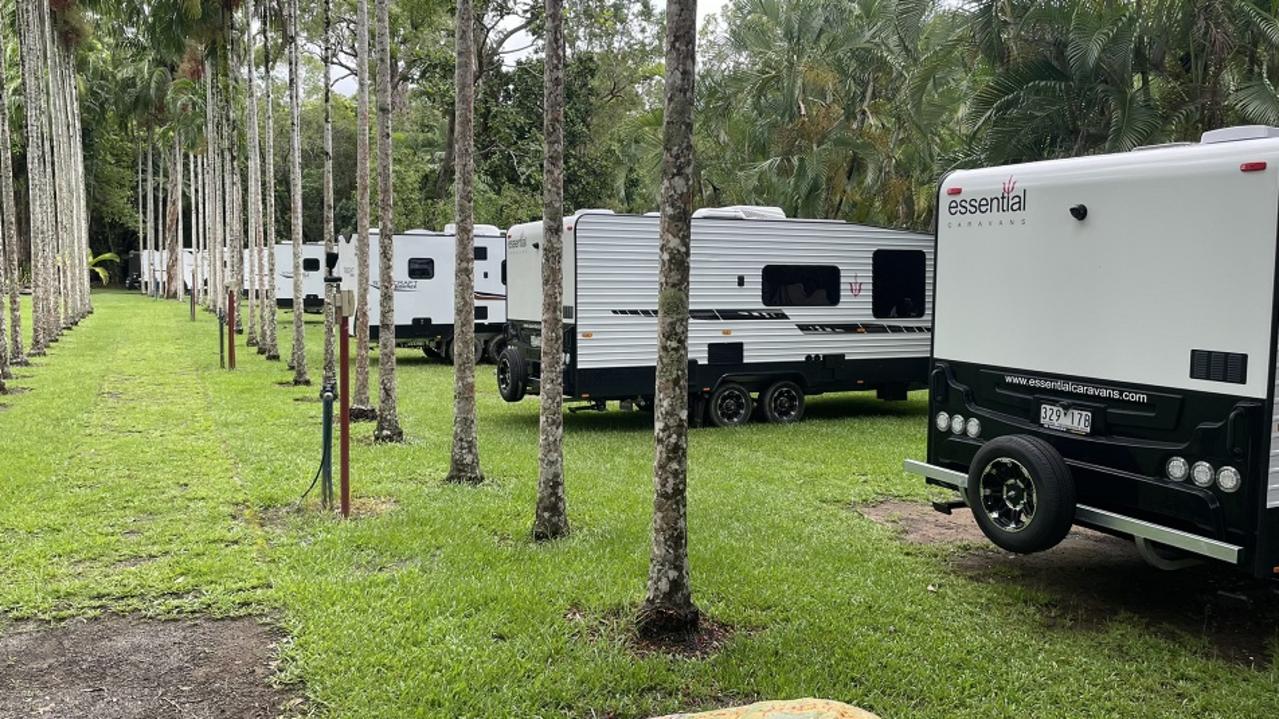
It broke the record for Bairds, which has only 24 years of data, but by comparison, records at Mossman of 114 years were broken.
A Queensland Police spokeswoman said police arrived at first light on December 18 for welfare checks and assistance and 10 officers were deployed to Wujal Wujal on December 19 to conduct the evacuation of 300 people.
“Operations on the ground continued in the following days and officers searched all properties and conducted multiple welfare checks on residents who remained in the community,” she said.

The search for missing man Ray Dark, 85, has been scaled down and a report is being prepared for the coroner, she said.
Anyone needing assistance should call the Community Recovery Hotline on 1800 173 349 or visit www.qld.gov.au/disasterhelp.
Lifeline has established a dedicated 24/7 phone number – 1800 116 671 – for affected Far North communities.
More Coverage
Originally published as Veteran disaster management expert Mike Wassing says Bloomfield flooding ‘the worst’ he’s seen




